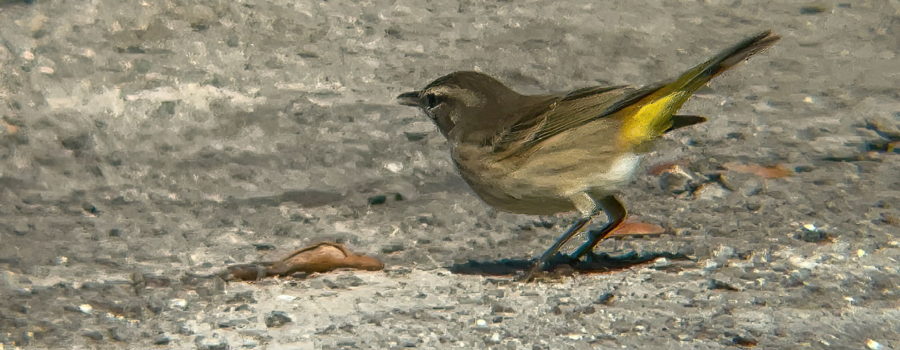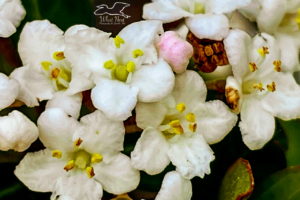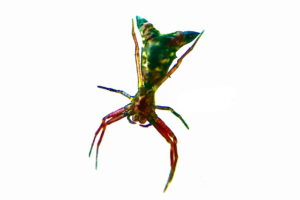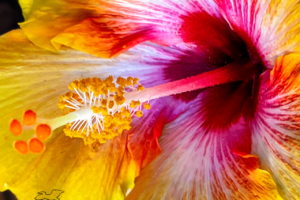The Beautiful Palm Warbler is a Cool Winter Visitor

This past week was an extremely busy and stressful one and left me neglecting my blog somewhat. I hope to get back into a more normal pattern of posting daily this week! So here we go. As many of you may have realized by now, one of my favorite past times is walking in the woods and other outdoor places. Many years ago, I got very interested in birds, both wild and domesticated, and I became a very avid bird watcher. While in school and even much of my working life, I always kept an eye out for new and interesting birds, and I even took a class at UF on bird identification (birding for credit my brother called it). I got pretty good at identifying many of our local birds both on sight and by their calls, but one group I’ve always had a lot of difficulty with are the warblers. They are very small, very active, and before I began studying photography, pretty much impossible to get pictures of. I still find them difficult to photograph, but with better equipment and more experience I’m doing better (I know my birds aren’t going to win any awards, and that much more practice is needed!). So at the end of December when we had a number of small yellow warblers hanging around with our regular house sparrows at work, I had to attempt to get some images and identify them.

I’m glad I got some photos when I did, because I haven’t seen nearly as many of the little guys this week. They may well have just been passing through and chose to stay for a few days since the food supply was good. And with some help from both my paper field guides (yes, I do mean good old fashioned books!) and the Merlin Bird ID app on my phone, it wasn’t too difficult to identify these birds as palm warblers (Setophaga palmarum). They’re pretty common down here this time of the year since Florida is one of their favorite wintering grounds. You might think that with the name palm warbler that they are a tropical bird, but they definitely are not. About 98% of them breed and spend most of the year in Canada. The other 2% have their breeding grounds in the northern United States. Up north they usually live in the boreal forests and marsh edges. Frequently these areas are very wild, so many people don’t see them until they migrate south for the winter.

During the summertime males establish territories that they defend from other males mainly with song, but sometimes also with physical altercations. The males head north before the females in order to establish their territories before the females arrive. When the females get there they choose mates (some males may have more than one mate) and begin building their nests. The palm warbler is the only species of warbler that nests on the ground, usually near the base of a tree in a peat hummock. Both sexes incubate the eggs and feed the young. It is believed that most pairs produce two clutches each year. As mid fall approaches, the males abandon their territories and both sexes join large flocks for the trip south. Some of the flocks may be mixed with sparrows, chickadees, juncos, and other warblers.

During the mid to late fall until mid spring these birds winter in most of the eastern United States and in the Caribbean Islands. A small population also winters along the Pacific coast of the United States. There are two distinct sub populations; a “western” group that tend to be fairly dull in coloration, and an “eastern” group that has more yellow, especially on the breast area. Both populations winter in this area, and there actually tend to be more of the western version here this time of the year. The westerners tend to head north earlier than the easterners, so in the spring we see more of the colorful version. While here these birds can be found both in the country and in urban areas. They like places that have open areas with low vegetation such as hedgerows and pastures. These guys are mostly insectivores feeding on mosquitoes, beetles, caterpillars, flies, and spiders, but they will also eat seeds and berries. Unlike other warblers, they frequently feed by hopping around on the ground or by picking flying insects directly out of the air.

I was very pleased to get to see and photograph these little birds, and was especially thrilled when I discovered during my research that I had managed to capture both sub populations. I’m hopeful that they may show up here again before they head north in the spring. By then some of them may be changing into their really colorful breeding plumage, which I would love to see!
If you enjoy beautiful nature photography and nature inspired artwork along with interesting and engaging nature and animal related content, then you’ll love this blog. Join our family by subscribing below. It’s fun and free!





Recent Comments